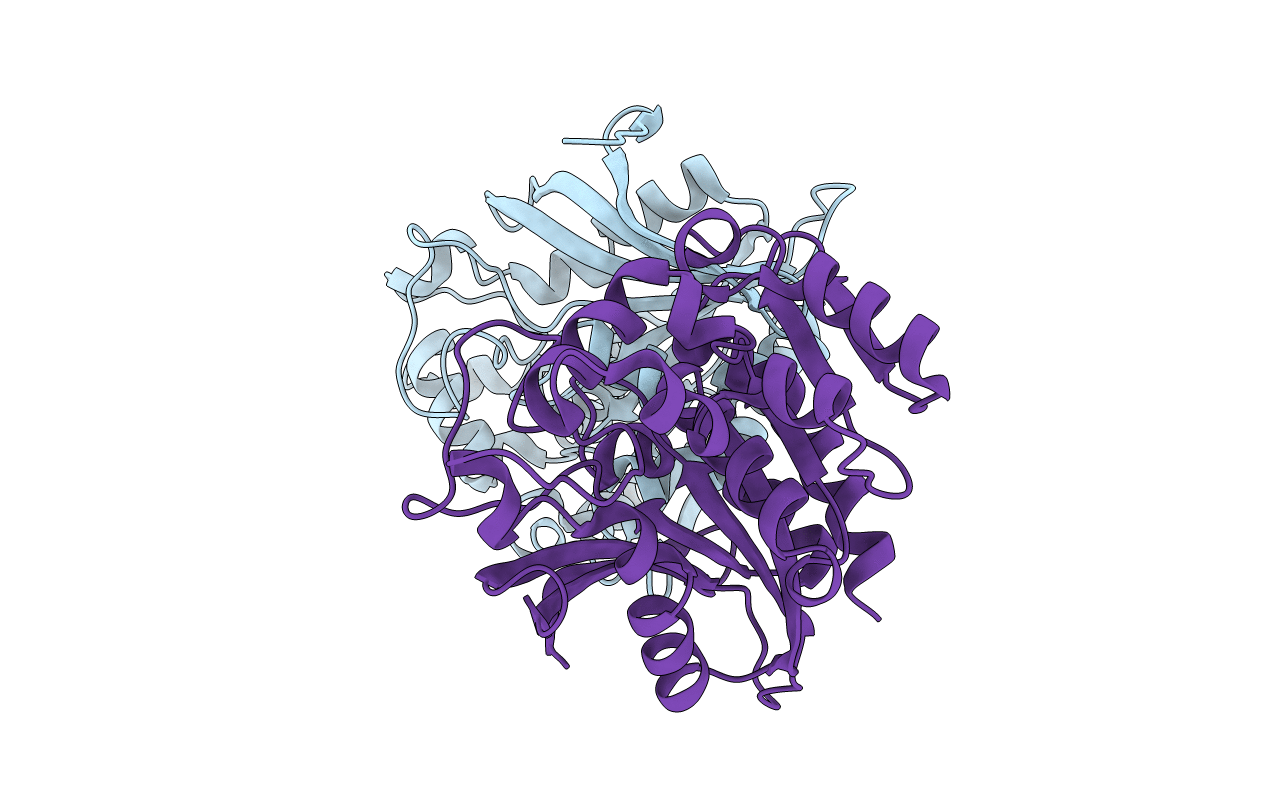
Deposition Date
2012-08-13
Release Date
2012-11-14
Last Version Date
2023-12-20
Entry Detail
Biological Source:
Source Organism:
NEISSERIA MENINGITIDIS MC58 (Taxon ID: 122586)
Host Organism:
Method Details:
Experimental Method:
Resolution:
1.40 Å
R-Value Free:
0.15
R-Value Work:
0.14
R-Value Observed:
0.14
Space Group:
P 65 2 2


